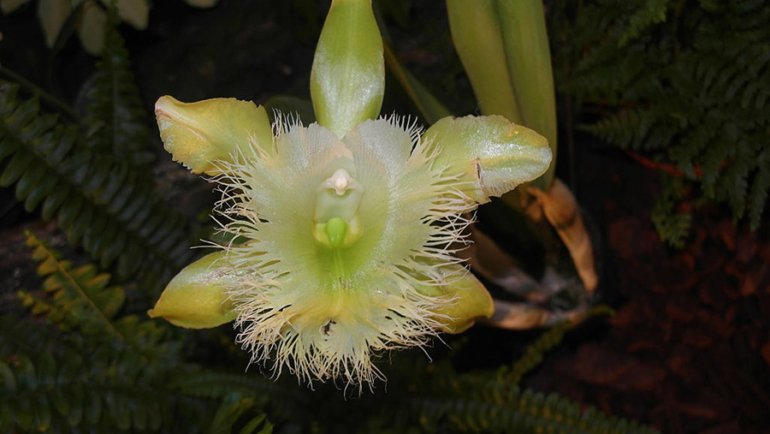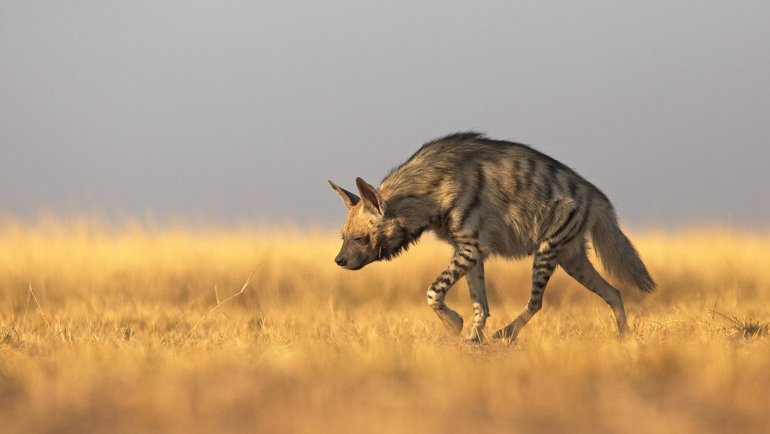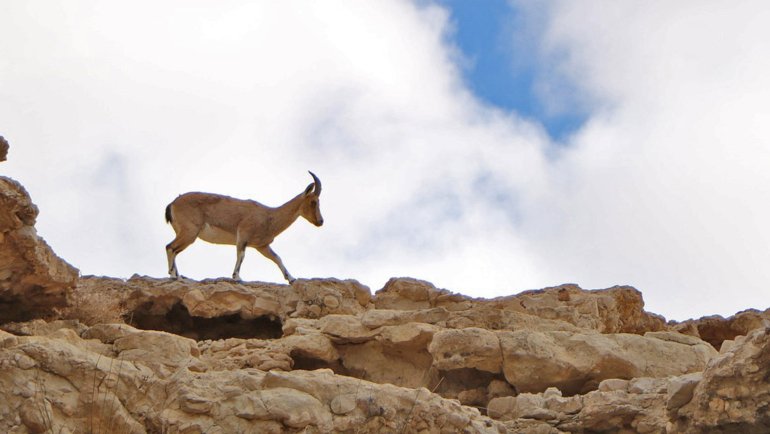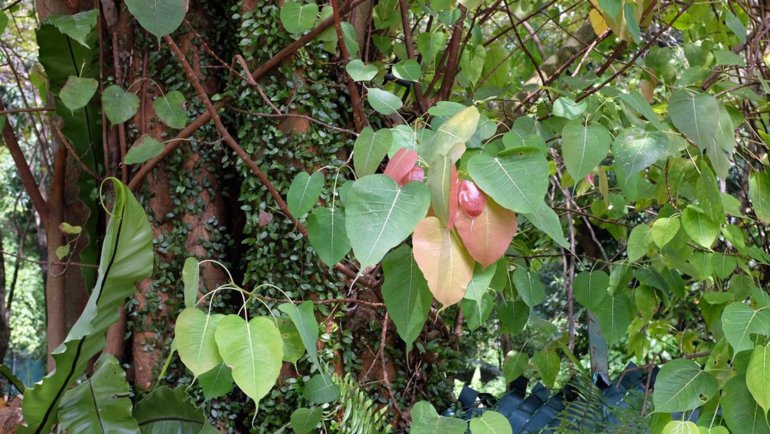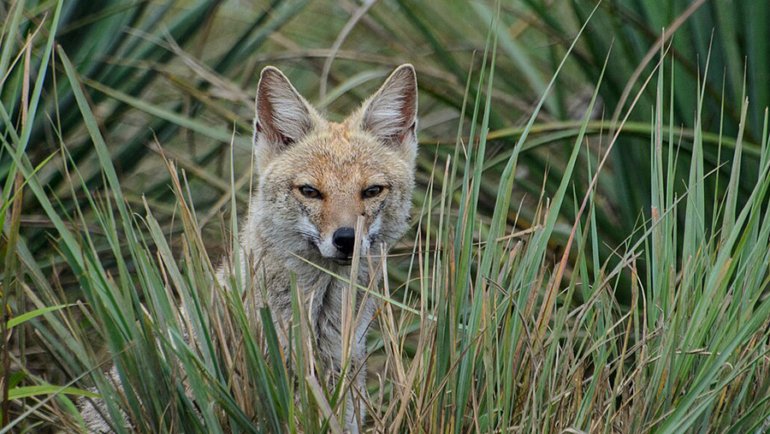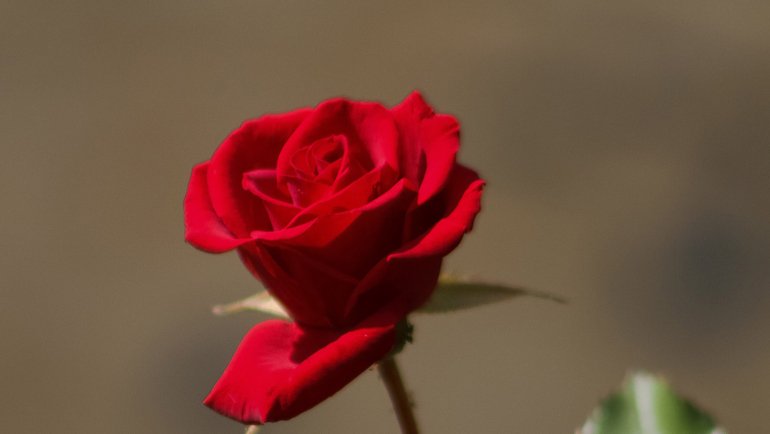Palestine, a land steeped in history and rich cultural heritage, is symbolized by a tree as ancient as its civilization – the Olive Tree (Olea europaea). More than just a plant, the Olive Tree is a powerful emblem of Palestinian identity, resilience, and connection to the land. Amidst the challenges of displacement and conflict, these trees stand tall, representing steadfastness and hope.
Here’s a fascinating fact: Did you know that the oldest olive tree in Palestine, near Bethlehem, is estimated to be around 5,000 years old? This tree has witnessed the ebb and flow of civilizations, making it a living testament to the enduring spirit of the Palestinian people.
Discover The Olive Tree, National Tree of Palestine
The Olive Tree, known scientifically as Olea europaea, is a species revered for its longevity and resilience. These trees typically reach heights of 10 to 40 feet (3 to 12 meters) and are characterized by their thick, gnarled trunks and a profusion of branches that spread wide. The leaves of the Olive Tree are small, oblong, and silvery-green, providing a striking contrast against the tree’s darker bark.
The Olive Tree flowers are small and white, often going unnoticed, but they play a crucial role in the development of the tree’s prized fruit – the olive. This fruit varies in color from green to purplish-black as it ripens and is the source of the much-celebrated olive oil.
The trees can thrive in a range of conditions but prefer well-drained, sunny locations. Remarkably adaptable, they can grow in poor soil quality and even withstand periods of drought, making them well-suited to Palestine’s diverse landscapes.
Where Does The Olive Tree Grow?
The Olive Tree is native to the Mediterranean region and has been cultivated in Palestine since biblical times. It is predominantly found in the West Bank, thriving in the balmy Mediterranean climate characterized by hot, dry summers and cool, wet winters.
These trees dominate over 45% of the West Bank’s agricultural land, reflecting their significance in Palestinian agriculture and culture.
The Olive Tree is well-adapted to the varied topography of Palestine, from the rolling hills to the more arid regions. Its ability to grow in challenging environments, including poor soil and limited water resources, makes it a resilient and enduring feature of the Palestinian landscape.
This adaptability is a metaphor for the Palestinian people themselves, known for their resilience and enduring connection to their land.
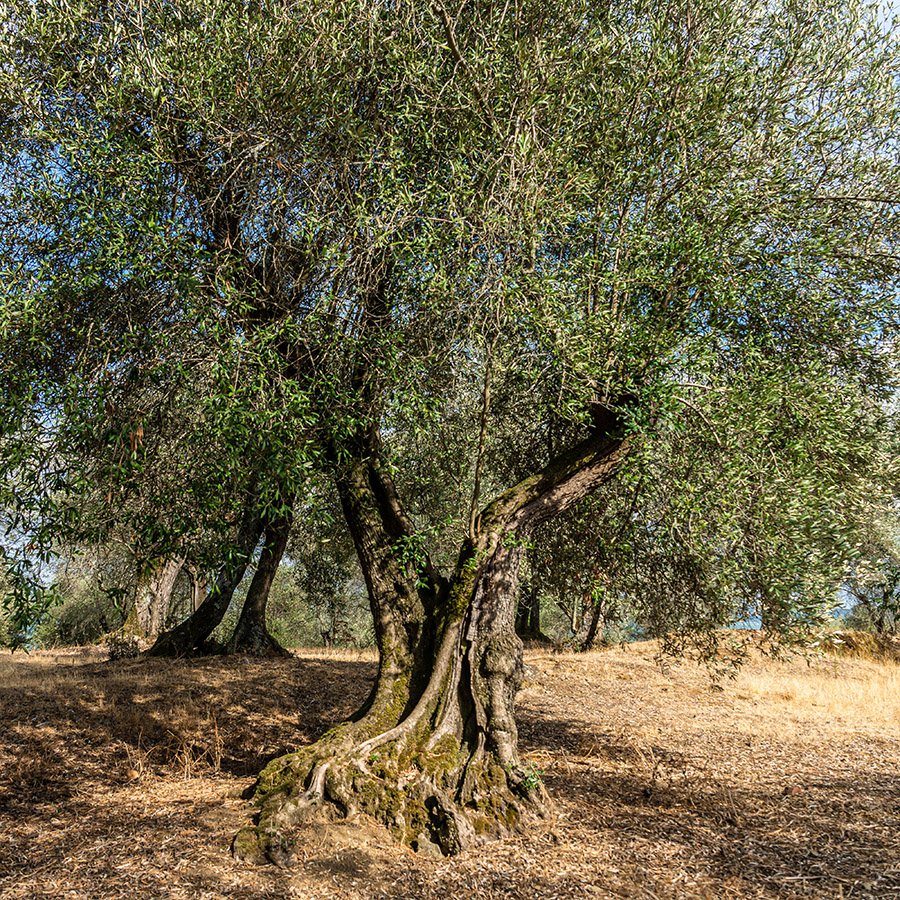
The Olive Tree in the Ecosystem
The Olive Tree plays a significant role in the ecosystem of Palestine. As a key species in Mediterranean landscapes, it contributes to the biodiversity of the region.
The tree’s foliage provides shelter and habitat for various bird species, insects, and small mammals. Birds, in particular, are often seen nesting in the dense branches of olive trees, while insects benefit from the flowers as a source of nectar.
In terms of environmental benefits, olive trees help in soil stabilization. Their extensive root systems are effective in preventing soil erosion, especially in hilly terrains common in Palestine.
Additionally, the trees play a role in carbon sequestration, helping to mitigate the effects of climate change by absorbing carbon dioxide from the atmosphere.
The olive groves also create a unique landscape that supports a variety of other plant species, contributing to the overall ecological balance of the region. The cultivation of olive trees, often in traditional ways, has helped maintain the natural environment and preserve indigenous flora and fauna.
Why and When Did The Olive Tree Become The National Tree of Palestine?
The Olive Tree has been an integral part of Palestinian culture, economy, and identity for centuries, making it a natural choice as the national tree. Its deep roots in Palestinian soil symbolize the connection of the Palestinian people to their land.
The tree’s resilience and ability to thrive in harsh conditions mirror the steadfastness and endurance of the Palestinian people amid the challenges they face.
The Olive Tree’s designation as the national tree of Palestine is more a result of cultural consensus and historical significance than an official declaration. It represents not just a source of livelihood through olive and olive oil production but also a symbol of peace and hope. The tree features prominently in Palestinian art, literature, and folklore, symbolizing rootedness, renewal, and connection to the land.
There have been controversies and debates surrounding the Olive Tree, primarily due to the conflict in the region. The uprooting and destruction of olive trees in Palestinian territories have been a point of contention, symbolizing the broader struggle over land and identity.
These actions have not only economic repercussions but also deep cultural and emotional impact, as olive trees are often passed down through generations and are seen as a family heritage.
The Olive Tree’s symbolism extends beyond mere agricultural value; it is deeply entwined with the Palestinian struggle for statehood and self-determination. Its endurance amidst conflict and changing climates makes it a powerful emblem of the Palestinian spirit.
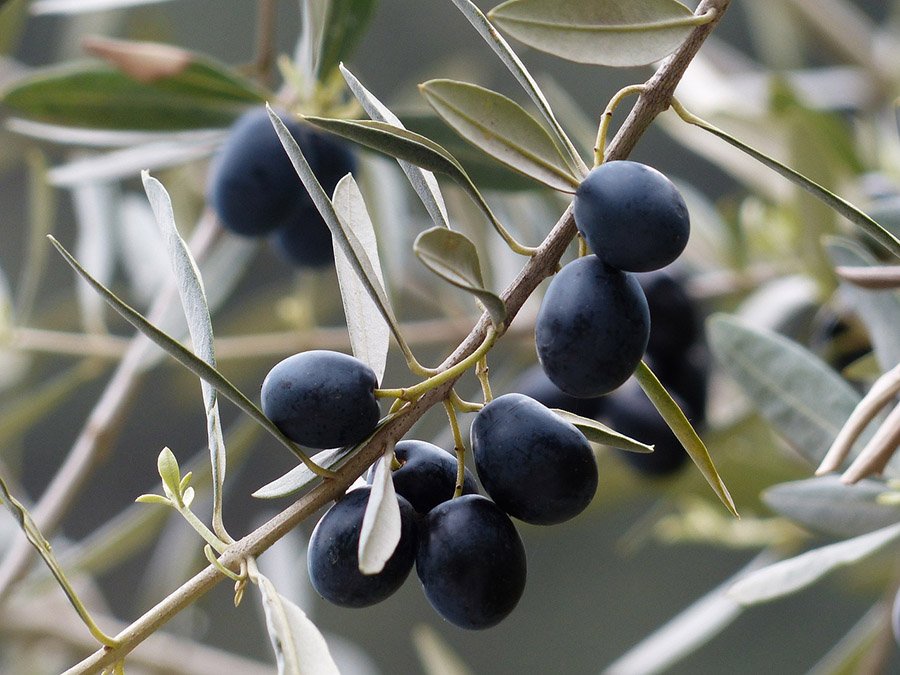
Where is The Olive Tree Featured in Palestine?
The Olive Tree, while not officially represented on any flag or banknotes, is deeply ingrained in the culture. Its image is omnipresent in Palestinian art and literature, symbolizing endurance, peace, and connection to the land. The tree often features in paintings, sculptures, and literary works that reflect Palestinian identity and heritage.
In everyday life, the Olive Tree is a common sight in Palestinian landscapes, from rural fields to urban areas, symbolizing the deep-rooted connection of the Palestinian people to their land.
Names of The Olive Tree
The Olive Tree is scientifically known as Olea europaea. It is commonly referred to as the Olive Tree across different cultures due to its widespread cultivation and historical significance.
In Arabic, the tree is known as “زيتون” (Zaytoon), a name that resonates deeply in Palestinian culture and is often used in songs, poems, and stories.
There are no major synonyms for the scientific name, but the tree may be referred to by various folk names in local dialects and languages across the Mediterranean region, reflecting its cultural and historical importance.
Interesting Facts About The Olive Tree
- Ancient Symbolism: The Olive Tree is one of the oldest symbols of peace and prosperity, dating back to ancient civilizations.
- Longevity: Some Olive Trees in Palestine are centuries old, with the oldest estimated to be around 5,000 years old, making them some of the oldest living beings on Earth.
- Cultural Significance: The tree is a recurrent motif in Palestinian art and literature, symbolizing resilience and connection to the land. It’s also an integral part of various cultural and religious ceremonies.
- Adaptability: Olive Trees can survive in poor soil and withstand drought conditions, making them ideal for the arid climate of Palestine.
- Economic Importance: The olive industry is a key part of the Palestinian economy, with olive oil being a major product both for local consumption and export.
- Symbol of Struggle and Resistance: Given the political context in Palestine, the Olive Tree has become a symbol of Palestinian resistance against occupation and a representation of their struggle for land and identity.
- Symbiotic Relationships: The Olive Tree plays a crucial role in the Mediterranean ecosystem, supporting various forms of wildlife and helping to maintain ecological balance.
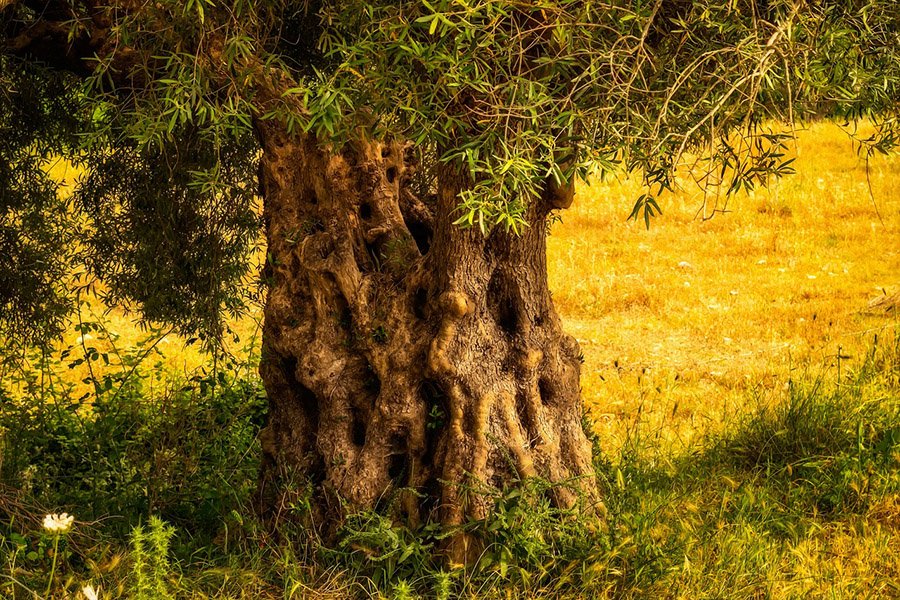
Other Beautiful Trees Found in Palestine
- Pistacia palaestina (Palestinian Pistachio): A small tree native to Palestine, known for its edible nuts and ornamental value.
- Ceratonia siliqua (Carob Tree): Often found in the Mediterranean region, the Carob Tree is valued for its edible pods and as a cocoa substitute.
- Ficus sycomorus (Sycamore Fig): A large, shady tree bearing sweet fruits, often mentioned in historical and religious texts.
- Quercus calliprinos (Palestine Oak): A resilient oak species that is widespread in the region, providing valuable wood and ecological benefits.
- Albizia julibrissin (Silk Tree): Known for its beautiful, feathery flowers and fern-like foliage, adding to the diverse flora of Palestine.
What Is The National Flower of Palestine?
The national flower of Palestine is the Gilboa Iris (Iris haynei), a rare and stunning flower that is native to the region. This iris is known for its striking beauty, featuring bold purple and blue hues with a unique pattern that makes it stand out among other floral species.
The Gilboa Iris typically blooms in the spring and is most commonly found in the Gilboa mountain range and surrounding areas. Its rarity and distinctive appearance make it a symbol of the natural beauty and resilience of Palestine’s landscape and heritage.
The Gilboa Iris not only adds to the rich biodiversity of the region but also holds a special place in the cultural and environmental identity of the Palestinian people.
Frequently Asked Questions
How old can Olive Trees get?
Olive Trees can live for hundreds to thousands of years. The oldest olive tree in Palestine is estimated to be around 5,000 years old.
What products are made from Olive Trees in Palestine?
Olive Trees in Palestine are primarily cultivated for their fruit and oil. Olive oil is a staple in Palestinian cuisine and is also used in soap making. The wood is used for carving, and olive leaves have medicinal uses.
Are Olive Trees indigenous to Palestine?
Yes, Olive Trees are indigenous to the Mediterranean region, including Palestine, where they have been cultivated for thousands of years.
How significant is the Olive Tree to the Palestinian economy?
The Olive Tree is vital to the Palestinian economy, accounting for about 70 percent of local fruit production and contributing around 14 percent to the local economy.
What challenges do Olive Trees face in Palestine?
Olive Trees in Palestine face challenges such as climate change, which affects their productivity, and the ongoing conflict, which has led to the destruction and uprooting of many trees. These factors pose significant threats to the traditional olive farming practices and the cultural heritage they represent.
